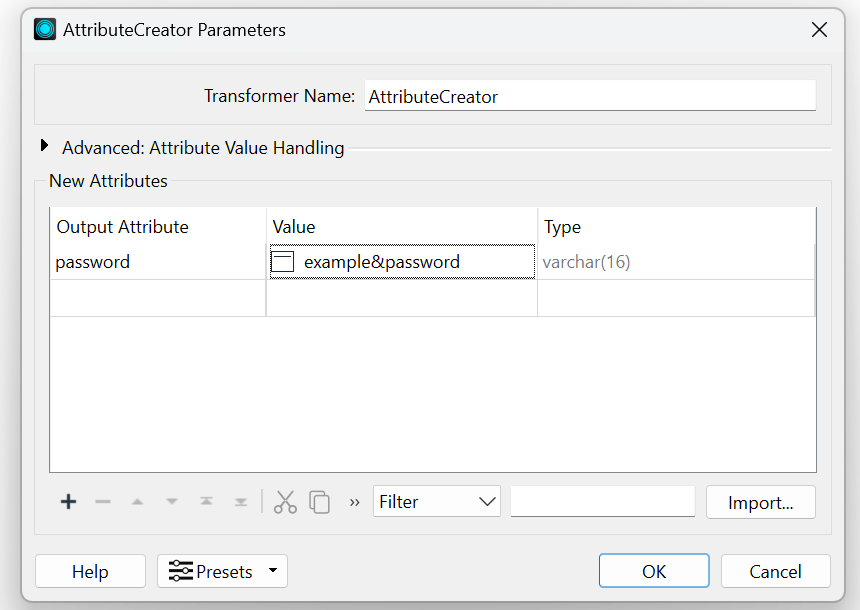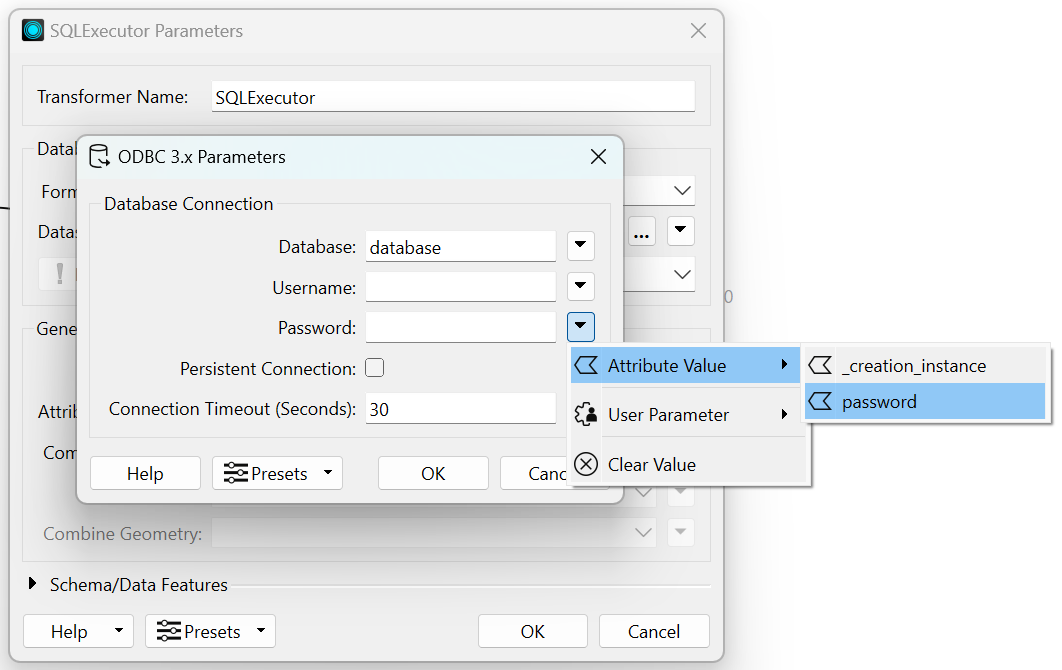My user on the production MS SQL database has an ampersand (&) in their password and FME can't login with it.
Is there any workaround for this without having to change the password ?
This happens in both FME Desktop and Server.
Edit @TiaAtSafe:
The password also contains this special characters $&@=
Versions:
FME Server 2017.1.1.1
FME Desktop 2017.0.1.1 (20170512 Build 17291 WIN64)


















